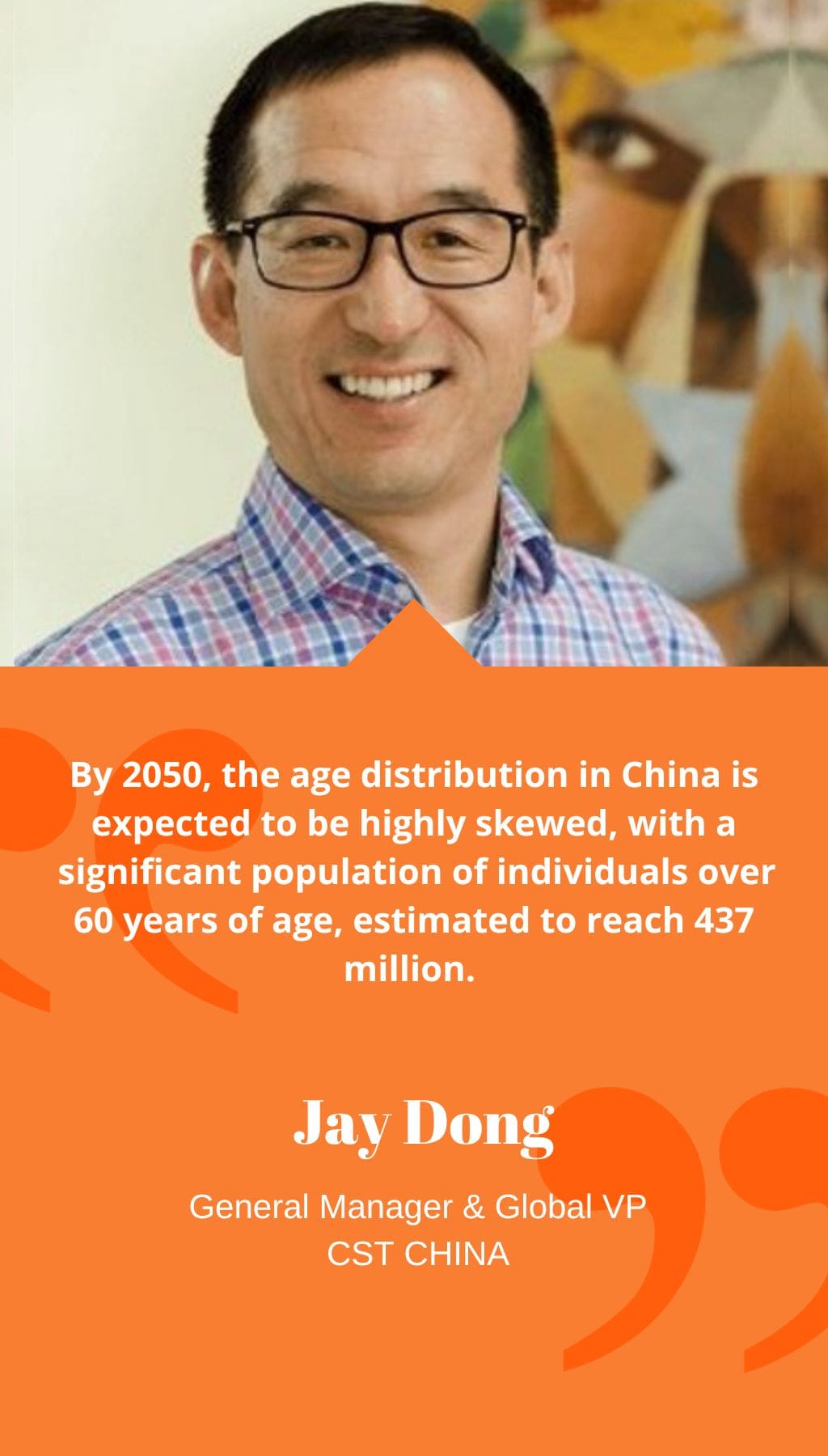
- China | 31 March 2018

CST first established its presence in China in 2008. How have you observed the pharmaceuticals market in China evolve since then, and how has CST adapted to meet these changes?
Since our establishment in China in 2008, we have witnessed significant evolution in the pharmaceuticals market. One notable change is the increase in R&D investment as a percentage of GDP. At the beginning of 2008, the spending was less than 1%, and it has since risen to around 2%. Looking ahead, we expect this number to reach 2.5% by 2020. Recognizing this growth, CST focused on several key objectives to adapt and better serve our clients. We reorganized our distribution network and forged partnerships with influential customer associations like the China Cell Biology Society, which is a leading association of scientists in our field. Furthermore, we prioritized improving delivery speeds to meet the needs of our clients.
Can you elaborate more specifically on how you have bolstered your presence to better serve your clients based in China?
In order to better serve our clients in China, we expanded our operations in Shanghai in 2009 and subsequently established a presence in Beijing in 2012. Our decision was driven by the realization that our customers in China were conducting research at the same level, if not more advanced, than their counterparts in the United States. This prompted us to address their concerns about product delivery speed. While the country’s vast size poses geographical challenges, we recognized that there is no reason why we cannot provide solid service to clients in Tier 1 cities like Beijing and Shanghai. To achieve this, we increased our local stock gradually over time, ensuring that the majority of the companies we serve have access to products available in Shanghai. Our confidence in the future is reflected in our investment in brand-new, state-of-the-art warehouse facilities in 2018, tripling our capacity.
What do you believe are the key external factors driving the push towards innovation we are witnessing within the China pharmaceuticals space?
One major external factor driving innovation in the China pharmaceuticals space is the demographic shift resulting from the One Child policy. By 2050, the age distribution in China is expected to be highly skewed, with a significant population of individuals over 60 years of age, estimated to reach 437 million. This unprecedented demographic change places a disproportionate burden on society in coping with the health challenges that accompany an aging population. Age-related diseases such as cancer, cardiovascular diseases, and neurodegenerative disorders like Alzheimer’s and Parkinson’s are expected to increase. Additionally, China aims to transition from a low-value, export-driven economy to an innovation-driven economy. The government seeks to address both the challenges posed by an aging patient population and upgrade the technology available by nurturing more companies and services. The life sciences sector represents an intersection of these objectives.
To what extent is CST active in conducting its own R&D activities?
At CST, we consider ourselves scientists for scientists. For instance, through our work in the lung cancer space, we made a significant discovery known as eml4-ALK fusion protein in a subset of non-small cell lung cancer cases, which accounts for approximately 80% of lung cancer occurrences. To provide an analogy, different individuals may respond differently to sleeping treatments like melatonin or Tylenol PM due to genetic differences. Similarly, we observed genetic-related differences in lung cancer patients through a target called ALK, which distinguishes one group from another. This discovery enables scientists to develop more targeted therapies, leading to more impactful responses in patients. Our collaboration with Pfizer resulted in the development of a drug targeting eml4-ALK, which gained FDA approval without a phase three trial.
As China continues to develop as a hub of pharmaceutical innovation, what role will CST play in helping to secure its future as a global leader?
We have experienced tremendous success with our expansion in China, and we are optimistic about the future. There are still many devastating diseases that require the dedicated efforts of innovative scientists to find cures. We recognize the need to serve and improve in many geographic regions. Moreover, there is a wealth of young scientists in China, presenting an opportunity for us to provide training. We are excited to announce the establishment of the CST Global Innovation and Training Academy, which aims to train young scientists in protocols and technologies essential to meet the technical demands of the industry. Through the Training Academy and my role as Co-President of the Academia Industry Alliances Consortium of the Chinese Society of Cell Biology, we aim to bridge science, technology, and management. We acknowledge the importance of nurturing an entrepreneurial spirit among scientists and closing the gap between innovation and marketable drugs that benefit humanity. By training scientists and future business leaders, we strive to establish this crucial linkage, reflecting the mission of MIT Sloan School of Management that taught me the significance of developing principled and innovative leaders to improve the world, one leader at a time.














